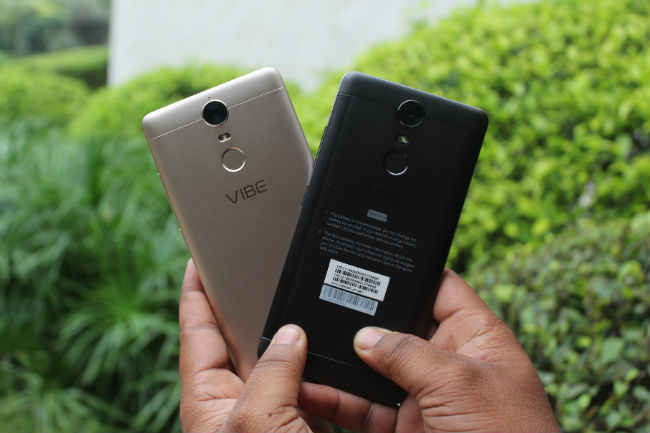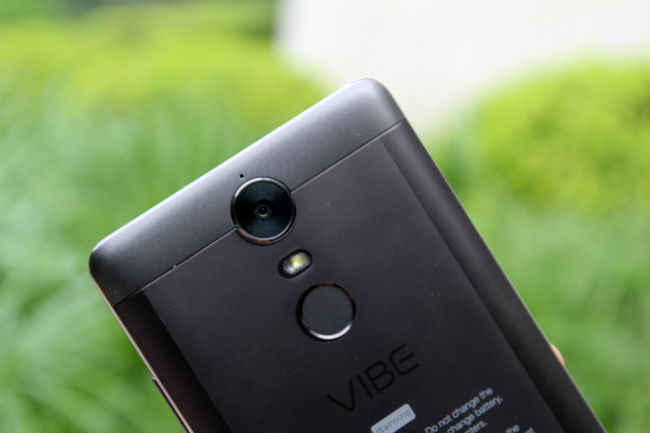Lenovo’s Vibe K5 Note doesn’t really inspire confidence
Will TheaterMax be enough to sell this?

The Indian market has been slowly progressing towards the flagship range. The competition was in the sub-10k segment last year, and it lies today in the sub-15k smartphones. So, just like it did last year, Lenovo is throwing the gauntlet this year, this time with the Lenovo Vibe K5 Note. It takes on phones like the Xiaomi Redmi Note 3 and LeEco Le 2, perhaps the two most popular phones in the market today.
 Survey
SurveyThe Lenovo Vibe K5 Note runs on a MediaTek Helio P10 SoC, has 3GB or 4GB of RAM, and 32GB storage. There’s a 13MP camera on the back, and a 3500mAh battery inside. Lenovo’s TheaterMax technology continues to be at the forefront of its marketing efforts. The company even mentioned Pokemon Go (which is AR-based) in the same breath as its VR technology. TheaterMax basically takes anything on your phone and puts it on a big screen. It’s more makeshift VR than true VR.
On first look, the Vibe K5 Note looks quite striking. The slight curves near the rear edges make it distinct, although they add little towards the ergonomics of the device. In fact, the Lenovo Vibe K5 Note is pretty unwieldy, and definitely not meant for single-handed usage. The back has a metallic finish to it and the phone still feels quite plasticky. It has a metallic shine, which works for a phone in this range, but we’d choose a LeEco Le 2 over this any day. The Vibe K5 Note looks very similar to the Lenovo Vibe P1, albeit thinner and lighter, and doesn't feel as premium or well built. Barring the weight, the Vibe K5 Note offers much less by way of ergonomics than the Vibe P1.
The real disappointment with the Vibe K5 Note, though, is the 5.5 inch FHD display. It’s dim, reflective, and the touch response isn’t quite as premium as we’re used to seeing these days. In fact, a good, bright display would have really helped the looks of this smartphone. Alas, for an upgrade to the K4 Note, this display really offers nothing more than its predecessor. Colours look somewhat dull, and the viewing angles are seriously affected by the reflectiveness and dimness of the display.
In our experience, the Helio P10 SoC from MediaTek hasn’t fared very well so far, either. Unless Lenovo has been able to make marked improvements via software optimisation, we don’t have much expectations here. Speaking of software, the company mentioned that it has toned down Vibe UI this time, and Android Marshmallow on the Vibe K5 Note does look a lot closer to stock. The interface is similar to the Vibe X3, which is good.
Lenovo also has Dolby Atmos technology, which has been impressive on its earlier devices, while TheaterMax remains a nifty gimmick for the company. The 13MP camera on the Vibe K5 Note seems closer to the Moto G4 Plus than the Redmi Note 3 and Le 2, which is another point in the K5 Note's favour.
Overall, though, the Lenovo Vibe K5 Note doesn't just inspire performance. It feels like a phone that doesn't belong in this market, and even though Rs. 11,999 (for 3GB RAM) and Rs. 13,499 (for 4GB RAM) are good prices, the Vibe K5 Note doesn't inspire the confidence that many other phones in this range do.


